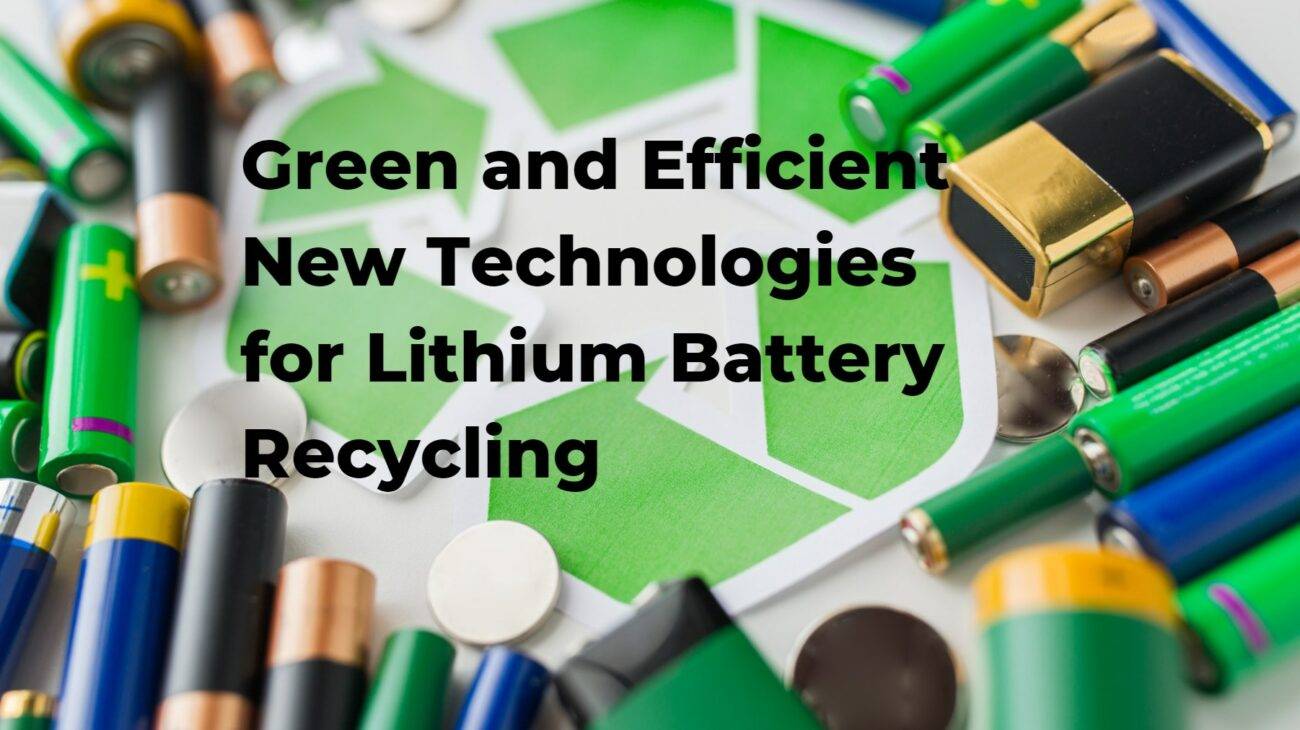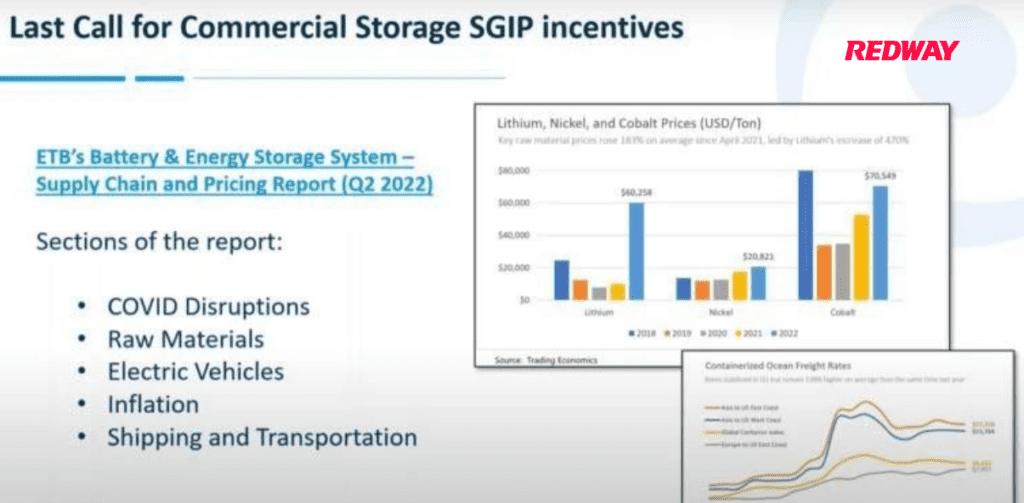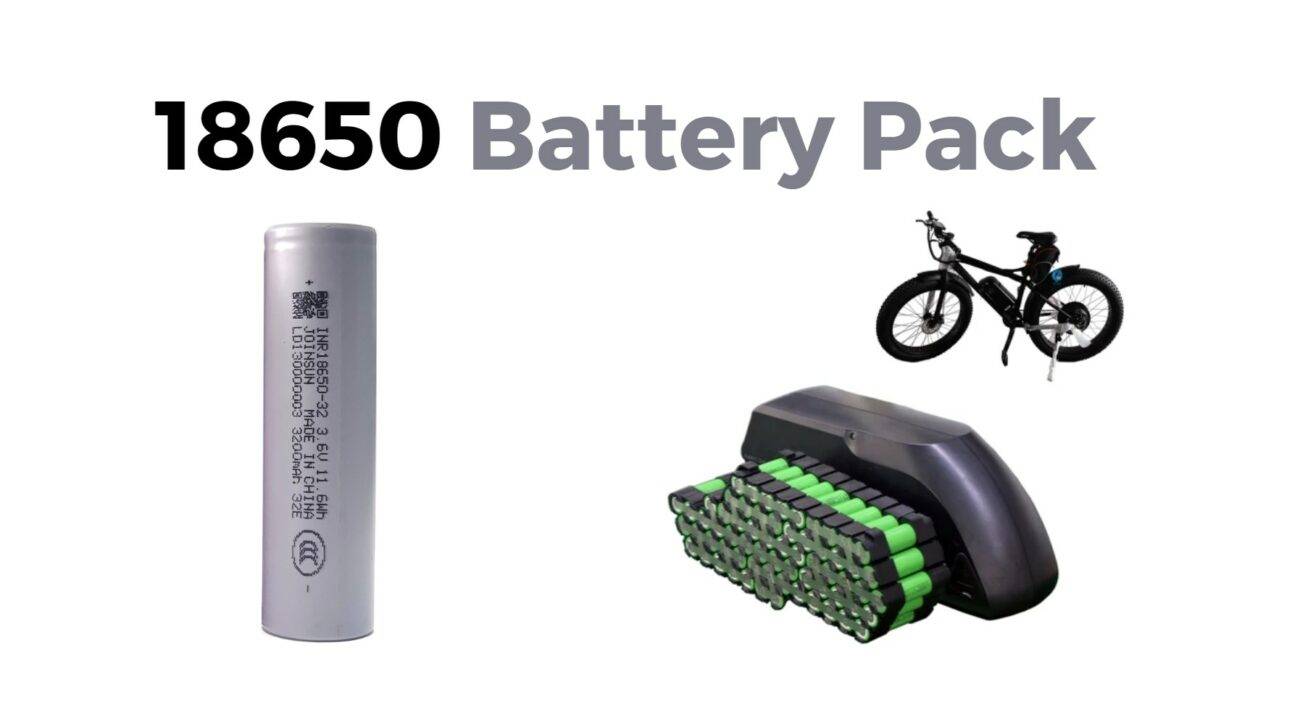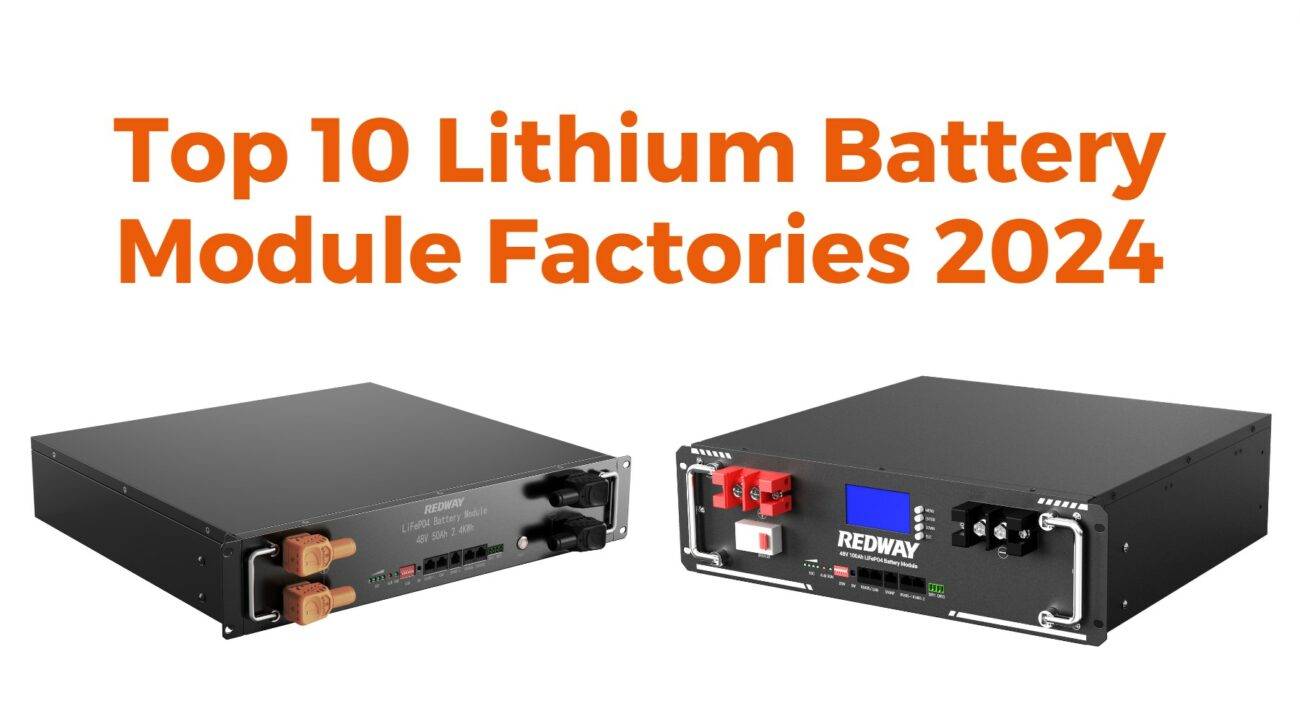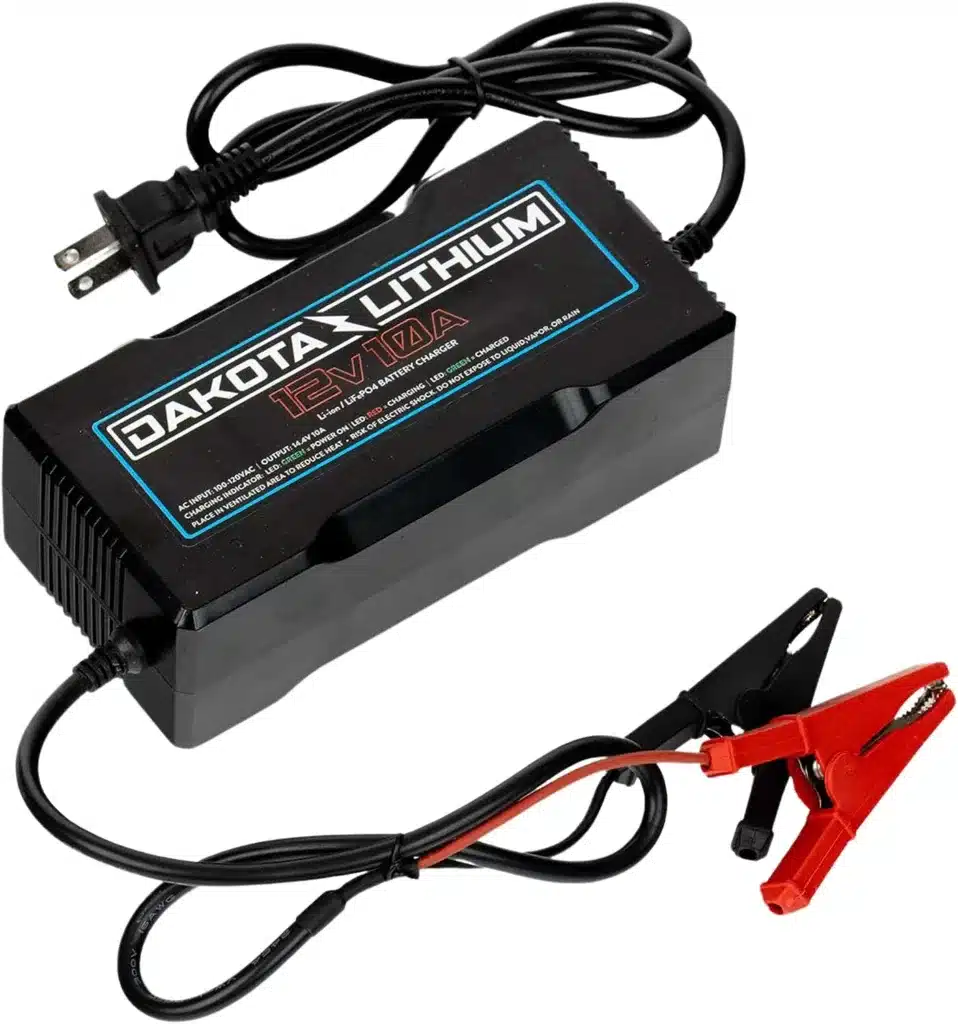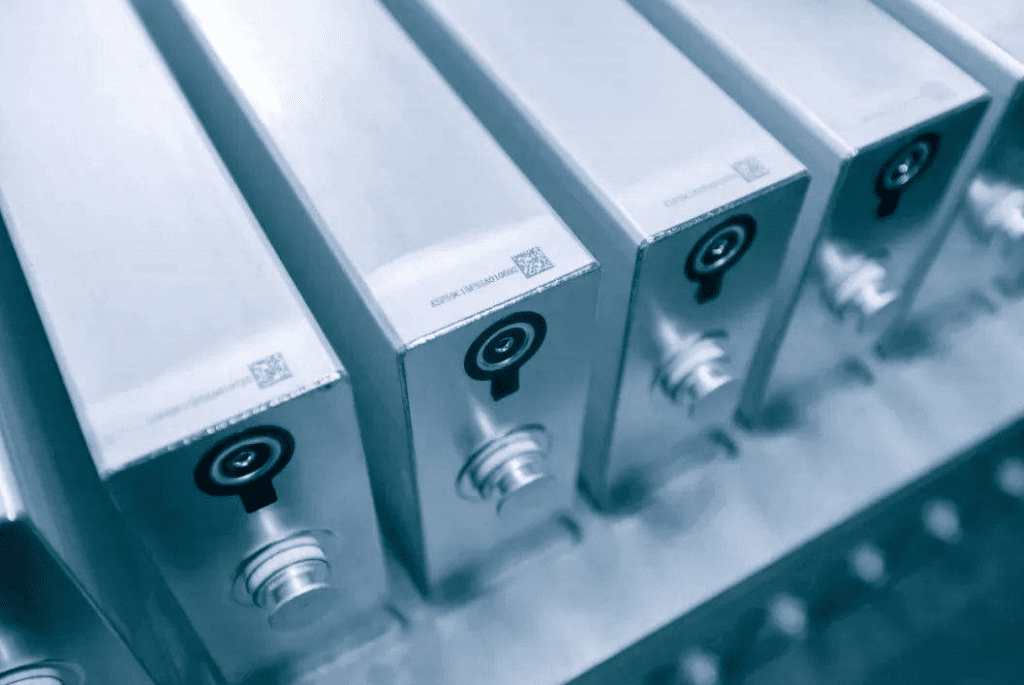The industrial lithium battery market has expanded rapidly, driven by the increasing demand for efficient energy storage solutions in various applications, including electric vehicles, renewable energy systems, and portable electronics. Understanding the different types of lithium battery cells is crucial for selecting the right technology for specific needs. In this article, we will explore the primary types of industrial lithium battery cells, highlighting their advantages and disadvantages.
1. Overview of Lithium Battery Cell Types
Lithium batteries are primarily categorized into three main types based on their form factor: cylindrical, prismatic, and pouch cells. Each type has unique characteristics that influence its performance, safety, and suitability for different applications.
1.1 Cylindrical Cells
Cylindrical cells are among the most widely used lithium battery formats. The most common size is the 18650 cell, which measures 18mm in diameter and 65mm in height.
Advantages
- Durability: The robust metal casing provides excellent protection against physical damage.
- Standardization: Widely available and standardized sizes make them easy to source and replace.
- Flexibility in Chemistry: Manufacturers can easily change the chemistry while maintaining the same containment structure.
Disadvantages
- Limited Capacity: Individual cylindrical cells typically have a lower capacity (up to 3Ah), necessitating multiple cells in parallel for higher capacity applications.
- Complex Assembly: Cells must be assembled in series or parallel using welding, complicating repairs or replacements.
1.2 Prismatic Cells
Prismatic cells feature a rectangular shape with a solid casing made from plastic or aluminum.
Advantages
- High Capacity: Prismatic cells can achieve capacities up to 300Ah, making them suitable for large-scale applications.
- Ease of Assembly: The design allows for simpler assembly into battery packs, reducing complexity.
- Durable Construction: The solid casing provides enhanced durability compared to pouch cells.
Disadvantages
- Lower Energy Density: Prismatic cells generally have a slightly lower energy density than cylindrical cells due to their design.
- Cost: The manufacturing process can be more expensive than cylindrical cell production.
1.3 Pouch Cells
Pouch cells are characterized by their flexible, soft packaging, which allows for various shapes and sizes.
Advantages
- High Energy Density: Pouch cells can achieve higher energy densities due to their lightweight design.
- Customization: Their flexible form factor enables manufacturers to create custom shapes that fit specific applications.
- Cost-Effective Packaging: The low-cost casing reduces overall production expenses.
Disadvantages
- Fragility: Pouch cells are more susceptible to physical damage; even minor impacts can lead to failure.
- Complex Packaging Requirements: Proper packaging systems are essential to prevent stress on individual cells during operation.
2. Comparative Analysis of Lithium Battery Cell Types
| Cell Type | Capacity Range | Energy Density | Durability | Cost | Applications |
|---|---|---|---|---|---|
| Cylindrical | Up to 3Ah | Moderate | High | Moderate | Consumer electronics, EVs |
| Prismatic | Up to 300Ah | Moderate-Low | High | Higher | Industrial applications, large EVs |
| Pouch | 0.5Ah – 20Ah | High | Moderate-Low | Low | Portable electronics, custom designs |
3. Applications of Lithium Battery Cell Types
3.1 Electric Vehicles (EVs)
In the EV sector, prismatic cells are increasingly favored due to their high capacity and efficient use of space within battery packs. However, cylindrical cells like the 21700 format are also gaining traction due to their higher energy density and performance characteristics.
3.2 Renewable Energy Systems
Lithium batteries play a crucial role in renewable energy storage systems:
- Prismatic and cylindrical cells are commonly used in solar energy storage systems due to their reliability and long cycle life.
3.3 Consumer Electronics
Cylindrical cells dominate the consumer electronics market due to their compact size and availability:
- Devices such as laptops and smartphones often utilize 18650 or similar cylindrical batteries for optimal performance.
4. Conclusion
The evolution of lithium battery cell types has significantly impacted various industries by providing efficient energy storage solutions tailored to specific needs. Understanding the advantages and disadvantages of cylindrical, prismatic, and pouch cells is essential for making informed decisions regarding battery selection.At Redway Battery, we specialize in manufacturing high-quality Lithium LiFePO4 batteries tailored to meet diverse customer needs worldwide. With over 12 years of experience in this field, we provide custom solutions quickly for wholesale and OEM customers. For a quick quote or more information about our products, please contact us today!



